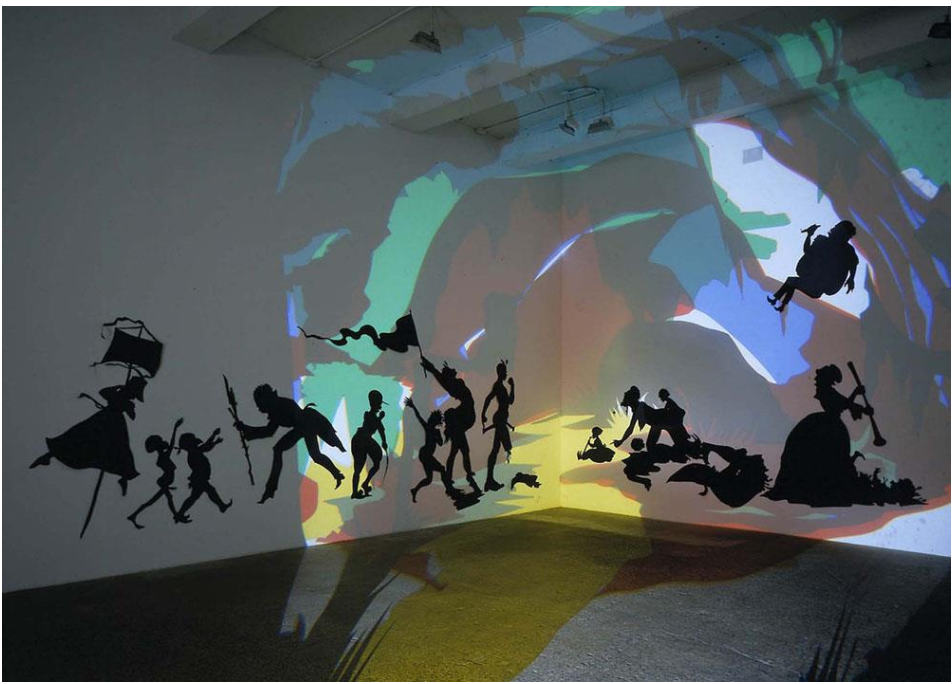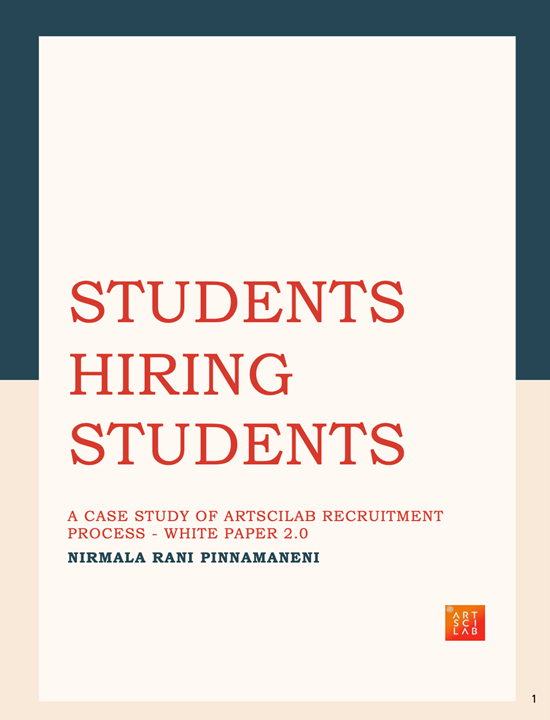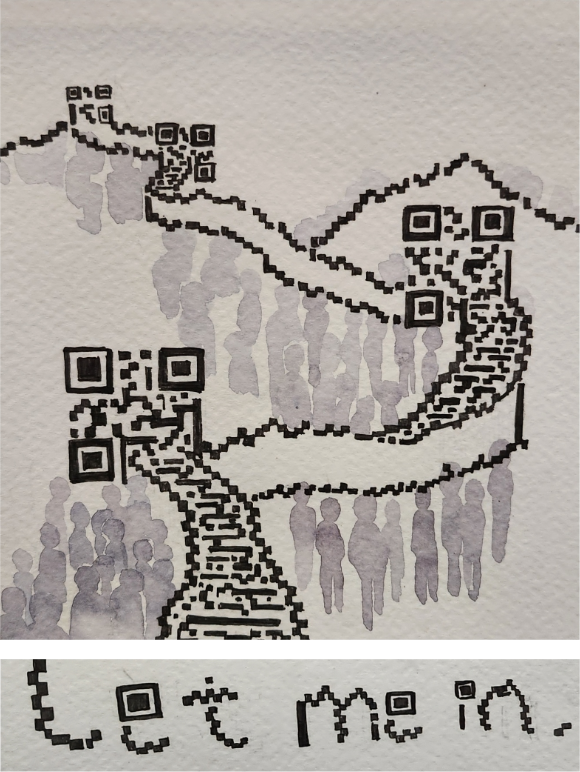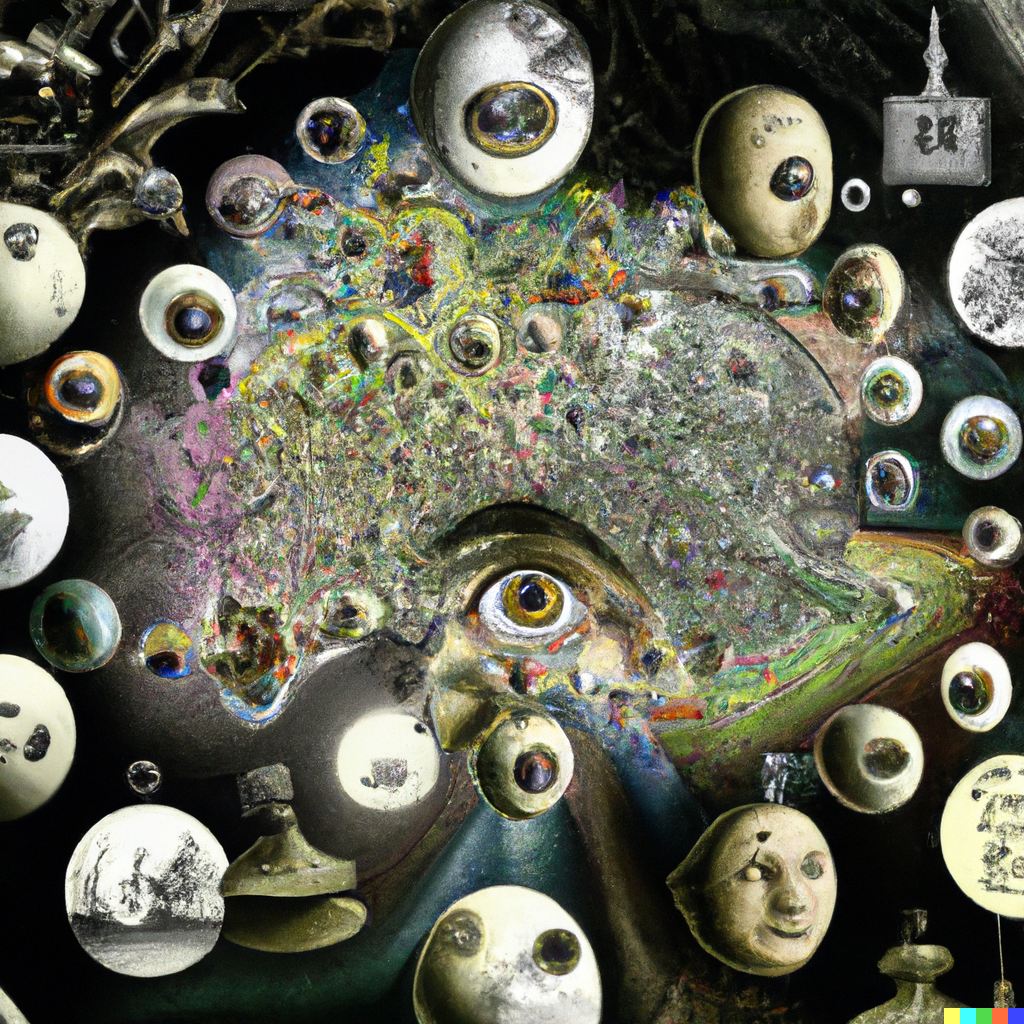A case study for Taipei Expo Park of Street Dancer Occupying
Public Space
Occupying public space is a common action and dynamic among people. People can stay in a park occupying a bench for an afternoon or sit in a train station hallway waiting for the train. People could have many different purposes to occupy the public. Dancing in public spaces is an everyday activity in street dance communities. In the case of Taipei Expo Park, there are spots often occupied by street dancers for practicing or rehearsing their dance.
While Taipei Expo Park had met multiple times of transformations by the government for different uses and policies, these public spaces are originally not designed for the activity that street dancers do. This phenomenon shows there is a gap between the design of the space and its usage by people who enter it. Under the paradigm of designing public spaces, “community-building” (社區營造 Shequ Ying Zao) is one of the most popular terms in Taiwanese discourse on the topic of urban planning.
This paper seeks to understand how street dancers complicate the idea of community – building by reappropriating a space when they enter it, and what this means when an urban design plan does not meet the people’s needs, necessitating them to reshape the meaning of urban design. He want to raise street dancers in Taiwan as an example that challenges the meaning of this community-building interaction between the government and the people, and how this phenomenon shows the position of the dancers in the social hierarchy, which embodies the theory of Bourdieu’s cultural capital and symbolic violence
Chi-Peng Tsui was born in Taipei Taiwan. He started breakdancing in 2008. After he completed his associate program, he went to Tamkang University for pursuing a Bachelor of Arts degree, majoring in Mass Communications in 2016-2020. From 2016-2017, he entered Red Bull Energy Drink as a Marketing Intern. After he finished his degree in Mass Communications, he entered the Arts, Technology, and Emerging Communications graduate program for pursuing a Master of Arts at The University of Texas at Dallas.
Roger F. Malina is a space scientist and astronomer, with a specialty in extreme and ultraviolet astronomy, space instrumentation and optics. He served as director of the Observatoire Astronomique de Marseille Provence and was NASA Principal Investigator for the Extreme Ultraviolet Satellite project at the University of California, Berkeley. He is also a publisher and editor in the new emerging research fields that connect the sciences and engineering to the arts, design and humanities. Since 1982, he has served as Executive Editor of the Leonardo Publications at MIT Press. He founded, and serves on the board of two nonprofits, ISAST in San Francisco and OLATS in Paris, which advocate and document the work of artists involved in contemporary science and technology. He is currently a Distinguished Professor of Art and Technology and Professor of Physics, at the University of Texas at Dallas and Directeur de Recherche for the CNRS in France. He serves as the Associate Director of ATEC, and founded the ArtSciLab in the ATEC program fall 2013.













